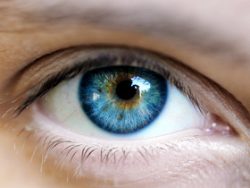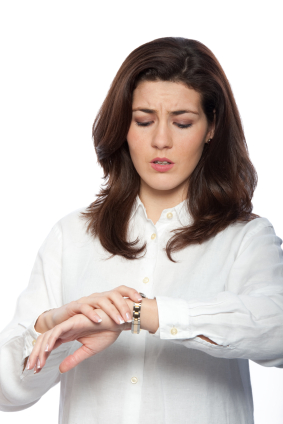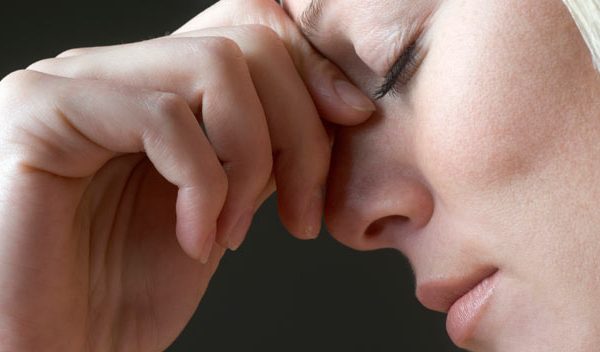Maybe people believe that prescription opioids are not dangerous because they are used by doctors to treat medical issues. On the contrary, these drugs can be just as harmful as their illegal counterparts when abused, and anyone who takes too much runs the risk of an overdose. According to the Drug Enforcement Administration, “Overdoses of narcotics are not uncommon and can be fatal” so make sure you can recognize the signs of an opiate overdose, especially if you or someone you know uses or abuses these substances frequently.
Two Types of Opiate Overdose
As stated by the National Library of Medicine, there are two different types of overdoses. “If you take too much of something on purpose, it is called an intentional or deliberate overdose. If the overdose happens by mistake, it is called an accidental overdose.” Either way, when an individual takes too much of an opioid drug, it can lead to an overdose which can prove fatal.
Sometimes, overdoses are completely inadvertent, which is why you should be extremely careful with your medication if you have been prescribed opioids. However, if someone you love has shown signs of depression or suicidal tendencies and has access to opioids, it is important to watch them and make sure nothing happens. These feelings or actions can be a sign of an impending overdose, which may help you prevent an issue before it occurs.
Signs of Opiate Overdose

Constricted pupils are a sign of opiate overdose.
According to the Center for Disease Control, “In 2007, [prescription] opioids were involved in more overdose deaths than heroin and cocaine combined.” Due to the high number of deaths caused by this condition, it is important for every individual to be aware of the signs of opioid overdose.
- Constricted pupils: When a person is high on opioids, their pupils become very small. However, this can also be a sign of overdose when the pupils shrink to a very small size, similar to the head of a pin. This symptom is called pinpoint pupils, and it is often the first sign doctors look for to ensure that an individual has overdosed on narcotics and not some other type of drug.
- Confusion: Sometimes, the individual will become very confused and not know where they are or what is happening. Because of the intensity of the drug’s effects, the person could lose touch with reality and may even become frightened. Delirium and disorientation may also occur. However, the relaxing effects of the drug will often alleviate this issue (and cause others).
- Convulsions: A person may begin to shake uncontrollably or convulse as the result of an overdose. If this occurs, it is a sign that the individual needs help immediately.
- Blue lips, nails, and hands: This condition, known as cyanosis, will occur if the individual is not getting enough oxygen.
- Muscle spasms: Certain muscles will go into spasm as a result of the overdose, especially those of the stomach.
- Dry mouth: This is a normal symptom of an opioid high, but like most of the other symptoms listed, it will become intensified in an overdose situation. Tongue discoloration may also occur.
- Drowsiness: The person will suddenly become extremely tired and drowsy, often unable to keep their head up or stay awake. Eventually, they may even fall asleep right where they are, and this could be a severe sign of overdose, especially if they cannot be woken afterward.
- Unconsciousness: When this occurs, it will be extremely difficult to wake the individual. If you are concerned that the person may have fallen into a coma, say their name very loudly or press on their chest. If they do not wake up, they are likely in a coma and will need medical attention immediately.
- Weakened pulse: When you feel the individual’s pulse and realize it is weak or very faint, call 911 immediately. Opioid drugs slow down all the body’s functions, including blood pressure, which can be very dangerous.
- Slowed heart rate: Another dangerous sign of extremely slowed bodily functions, a person’s heart rate could become very slow to the point where the different parts of the body do not receive the blood they need.
- Slowed respiration: Extremely slowed breathing leads to many of the other issues listed above. This sign is often accompanied by drowsiness, so if the individual is alone, it becomes much more dangerous.
- Stopped breathing: If a person stops breathing altogether, get them help as soon as possible. The longer they go without oxygen, the more of a chance there is that they might suffer permanent brain damage or even die.
What Should I Do?
If you notice these signs in yourself or someone else, call 911 immediately and follow the instructions of the operator. The best chance you have is to get to the hospital as soon as possible so you can be given the antidote for an opioid overdose. According to the Massachusetts Department of Public Health, “Naloxone blocks the opioids and restores normal breathing” when it is injected. If you or someone you know is a frequent abuser of opioids, it is a good idea to keep a portable naloxone injection device in your home or on you at all times in order to treat symptoms of a possible overdose more quickly.
It is still important to go to the hospital and get checked out. Because opioids cause deadly overdose symptoms, you should never avoid a trip to the hospital. Sometimes, a naloxone auto-injection device will only buy you time, and you may begin to experience symptoms of overdose again a few minutes after using it. Therefore, it is always important to visit the hospital in the event of an overdose.
Recognizing Overdose Signs
If you do not have much time, remember some of the strongest signs of opioid overdose are pinpoint pupils, blue skin, lips, and nails, respiratory problems, and drowsiness. If you notice these issues in yourself or someone else, seek treatment immediately for an opioid overdose to avoid any harmful consequences.









